My Professional Journey
Information technology and business have become tightly interwoven in the past two decades. I do not think we can talk meaningfully about one without the talking about the other. More importantly the innovations of the last 20 years in the field of technology have indeed had a profound and far-reaching impact on every business domain.
I had the opportunity to contribute and drive the transition across various companies through several stages:
- Initially establishing an online presence
- Expanding their online capabilities
- Developing and maintaining private data centers
- Building, programming and supporting applications in a conventional way
- Transitioning to public cloud infrastructure
- Building cloud-native & Digitially viable applications and platforms for scale and reliability
- Now, leveraging AI to design and develop tailored applications
This journey reflects a shift from basic web presence to sophisticated, AI-driven solutions that can be customized to specific business needs and requirements. Having been in the weeds and having a 10,000 FT view of the technical transformation in my career, being part of different teams, wearing multiple hats as a contributor, an architect to managing teams at different capacities, gives me an edge to understand various technological landscapes, understanding company cultures, people mindsets - and more importantly the problem statements. I was able to bring Strategic direction, provide vision and bring my technical expertise along with embedding right people and processes to ensure business success
Continious and Constant learning, being in the forefront of change has been my key to ensure success. Some of my degrees and certifications
My Degrees
- Northwestern University - Kellogg School of Management - CDO
- Texas A & M University - Masters of Science
Certifications
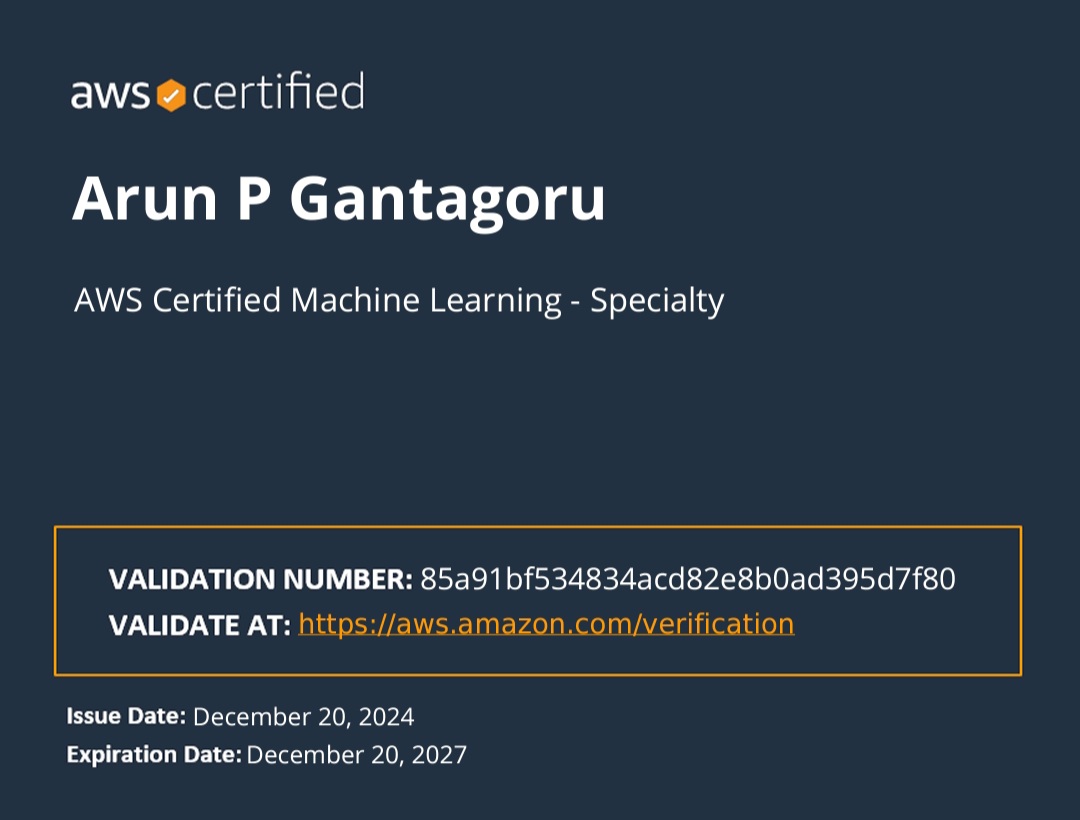

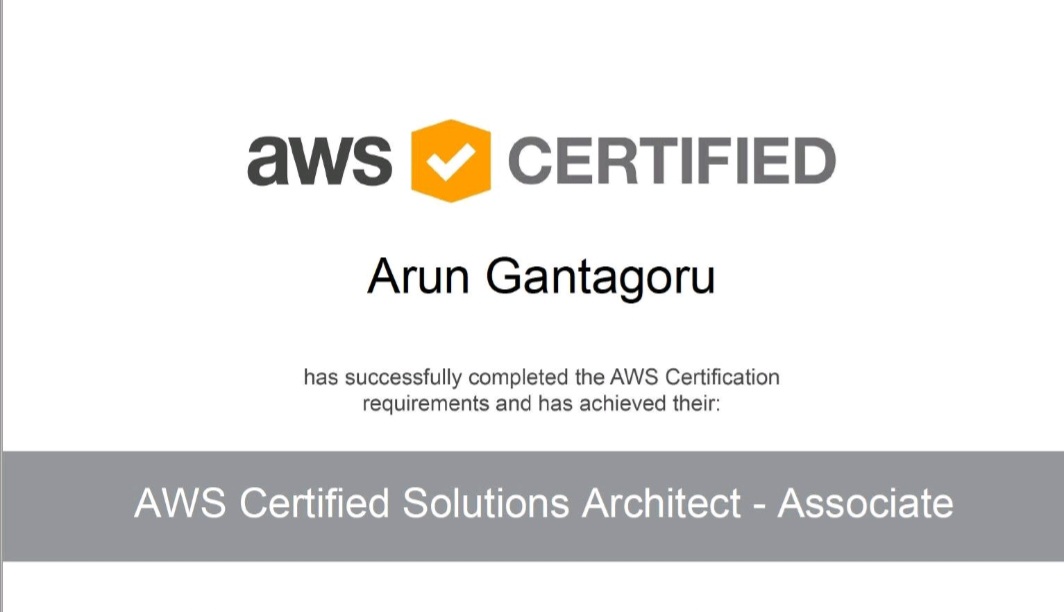
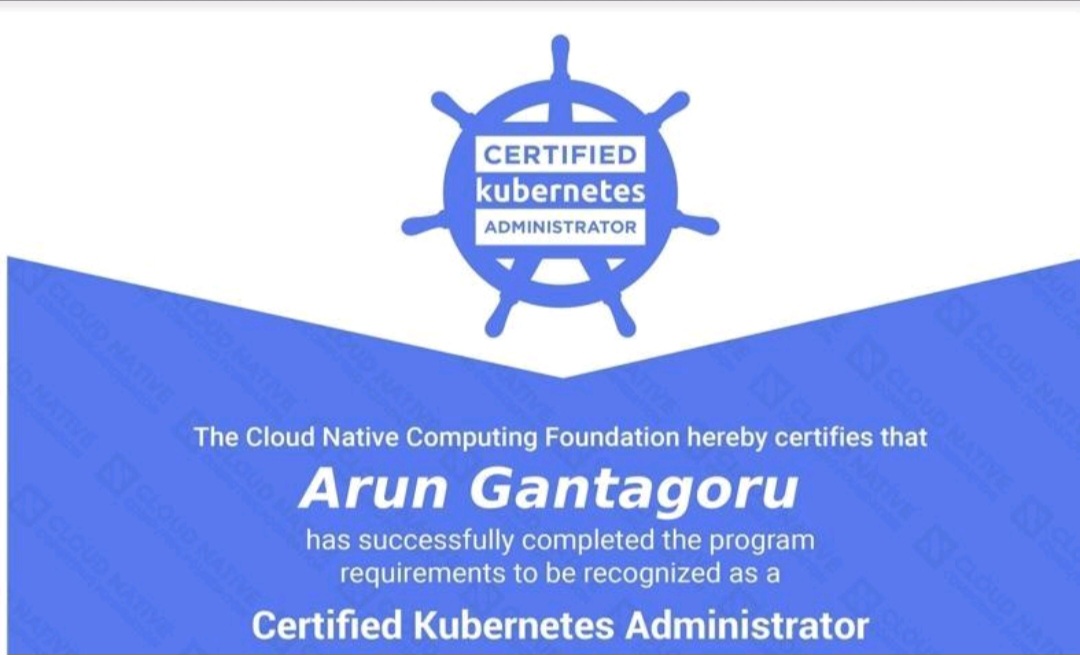
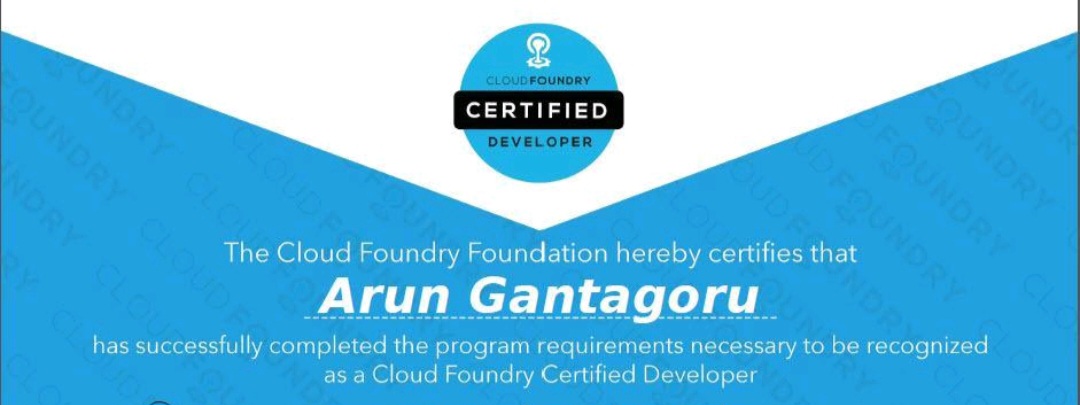
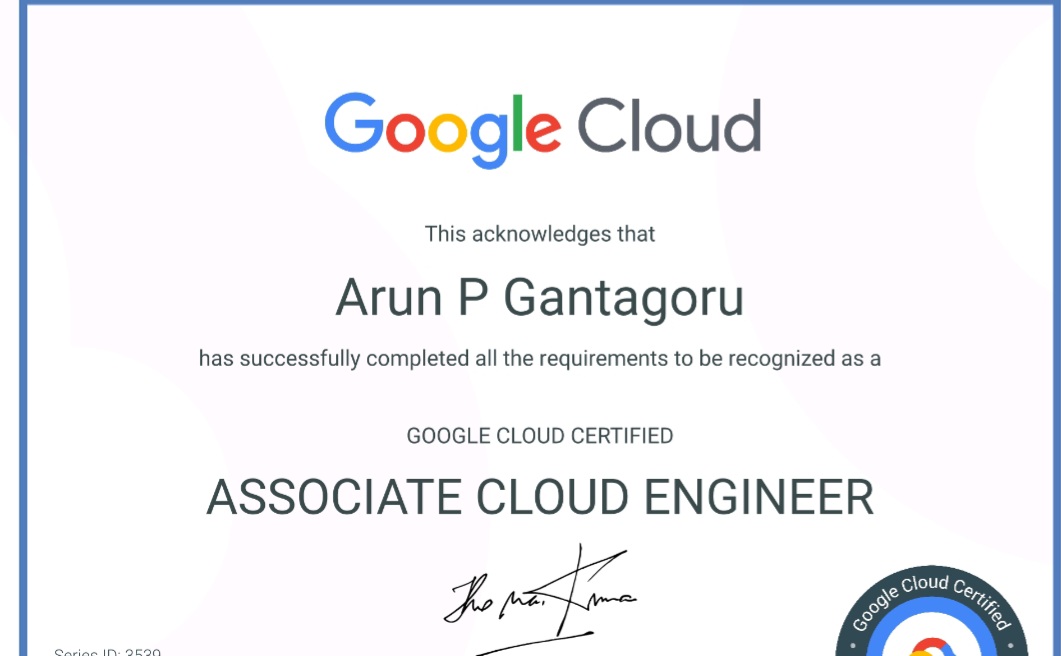
AWS Certified
- Machine Learning - Speciality
- Security - Speciality
- Architect - Associate
- Certified Kubernetes Administrator
- Google Cloud Associate Cloud Engineer
- Cloud Foundry Certified - Developer
Opinions in some of the key areas
Leadership
Leadership comes in many forms—strategic, situational, servant, transactional, visionary, and collaborative. While each style has its own strengths and weaknesses, the most vital quality I believe in bringing to the table is the ability to listen, learn, understand, reflect, and adapt a style to the needs of a situation.
In our rapidly changing world, characterized by disruptions and transformations, I strive to be an effective leader who offers a clear vision and a forward-looking perspective for the organization. I prioritize cultivating a strong sense of belonging within the team. For me, it's essential to communicate this vision holistically, including its value and purpose, to ensure buy-in from various stakeholders.
In this journey, prioritizing a positive employee experience during the execution phase is key to enhancing customer experience and driving overall effectiveness
Digital Transformation
The primary objective of any business is to continually enhance its user experience, whether it operates under a B2B, B2C, or B2B2C model. Over the past two decades, we have seen clear examples of this through the success of Netflix over Blockbuster, Gmail over Yahoo Mail, and more recently, the decline of the cybersecurity company Lacework, which saw its valuation drop from $8 billion to less than $150 million. These cases illustrate how early adoption of new technologies, trends, and processes—essentially digital transformation—has allowed companies to stay ahead of the competition.
Digital transformation is essential for providing businesses with the agility and speed-to-market capabilities needed in today's fast-paced environment. It allows companies to focus on delivering real value, exploring new features, and making necessary pivots in a streamlined manner. With the rise of AI and the adoption of machine learning, integrating diverse data points and platforms become increasingly seamless as a part of Digitalizing your environment, further empowering companies to stay ahead of the curve.
It's important to view digital transformation as an ongoing journey. We are now in an era where disruptions are occurring more frequently, making it crucial for businesses to adapt continuously. Rather than simply fearing missed opportunities, organizations can leverage digital transformation to build a strong foundation that enables informed decision-making, the ability to unlearn outdated practices, and the willingness to learn and pivot as circumstances evolve. Embracing this journey will ultimately position businesses for sustained growth and success.
In the Below Video I talk about Creating a Customer Centric Structures for Successful Digital Transformation Efforts
Team Structures
In 1967, computer programmer Melvin Conway coined Conway's Law, which states that "any organization that designs a system will produce a design whose structure is a copy of the organization's communication structure." I strongly believe that having the right team structures and placing the right people in the right positions helps organizations thrive. This is one of the core aspects that define a company's culture. In parallel we must constantly evaluate our processes: Are we creating processes that enable teams or are we creating roadblocks? Are we fostering red tape or promoting nimbleness?
Mathew Skelton, author of "Team Topologies," has made significant contributions to our understanding of DevOps, SRE and Continuous Delivery by developing original DevOps topology patterns. These patterns were designed to address the common challenges companies face in achieving a seamless software delivery process. The essence of DevOps lies in bridging the gap between development and operations teams, minimizing friction, and ensuring the stability of business applications. By bringing operations closer to functional development—and vice versa—we can enhance collaboration and efficiency.
Over time, this foundational concept has evolved and been adapted across various functional capability teams, including DevSecOps, MLOps, AIOps, and BizDevOps. The focus remains on creating collaborative processes and structures that unite these cross-functional teams from both a technological and human perspective, ultimately aligning them with business goals and objectives.
In summary, I believe teams are the fundamental building blocks of any organization. The effectiveness of these teams and the systems they operate within, distinguish average performance from high performance. By prioritizing the right team dynamics and processes, we can set the stage for exceptional organizational success. I briefly touch about the structures I was able to accomplish in the video above.
Change
People have hard time letting go of their suffering because out of fear of the unknown, they prefer suffering that is familiar. - Thich Nhat Hanh
The journey of change can evoke vulnerability, uncertainty, and fear. One of the greatest challenges for any leader is to inspire their organization through this transition. The key to successful change management lies in the leader's perceived credibility. As leaders, we have the power to build trust, demonstrate competence, and foster likability in a holistic way.
By minimizing uncertainties and creating a sense of comfort during the change process, we can engage our teams and connect with them on a deeper level. The path from fear to acceptance and, ultimately, to thriving in the face of change rests firmly on the shoulders of the leader.
My Story
Journey for my Masters
It was in the year 2005, I received my admission letter for a master's program at San Jose State University, this filled me with a mix of excitement and anxiety as this marked my first opportunity to travel outside of India and also living away from home. I was stepping into a different country, an unfamiliar environment, and entirely unknown territory.
People around me assured my future would be secure, gaining admission to a prestigious university in the heart of Silicon Valley has a potential for promising future. If I performed well academically and chose the right courses, I could either secure a job in Silicon Valley or return to India to explore opportunities in developing tech hubs like Bengaluru or Hyderabad, my hometown.
However, with less than a week left for my departure to San Jose, things took an unexpected turn. My initial accommodation plans fell through at the last minute, leaving me without a place to stay and with no one to pick me up from the airport. In my moment of uncertainty, I reached out to my second cousins in California, who were generous enough to offer there support, despite living far from the university.
Upon arriving at the university, I faced the challenges with finding accommodation, enrolling in my courses, and securing a campus job. The search for suitable accommodation, a job, and the right roommates stretched over three long months, consuming my time and energy. This experience took a significant toll on me emotionally, physically, and economically, leading me to contemplate returning to India or transferring to another university with a fresh start to continue my studies. It was a challenging time that tested my resilience in ways I had not anticipated, but I ultimately decided to transfer to Texas A&M University. I focused on my priorities, made some good friends, and completed my graduation with the financial help of my cousin.
Throughout this journey, I embraced every job that came my way, whether it was working as a janitor, a restaurant waiter, cleaning bathrooms, or managing the cash register. Coming from a background in India where I had everything I needed, these experiences were truly humbling. They allowed me to see the world through a different lens and taught me invaluable lessons about resilience, gratitude, patience, and strength.
What I learned:
- Don't put all your eggs in one basket
- Trust but verify
- Details are extremely crucial
- Surround yourself with right people
- Reduce the noise, know your priorities and get your information from reliable sources.
- Always have a backup plan
- Don’t let early success overshadow your subsequent steps
Recession and Struggles of H1-b
After completing my master's degree, I had the feeling of my moment has arrived, it was time to put my education to work, seek opportunities, pay off my tuition debt, and become financially independent.
However, the economy had different plans. For the first time, I heard the word "recession" from my cousin (who has provided me with accommodation after my graduation). Just when I thought my time had arrived, the completely unforeseen circumstance of recession pulled me back. The job market was challenging; I could barely manage to receive one call per week after applying for hundreds of jobs and facing constant rejection. My debt was increasing, as were my levels of anxiety. To make matters worse, my H1-B visa application was rejected, and it felt like I was walking on eggshells.
After nearly a year of struggles, I finally landed a job at a bare minimum pay of $17 per hour during my optional practical training (OPT). Though the pay was less compared to my qualifications, but I seized the opportunity, prioritizing experience over money.I worked diligently, determined never to find myself in such a vulnerable situation again. I worked hard and smart at every opportunity. I constantly sought to better myself and worked on bringing something unique to the table. All along this journey in my career, I never stopped learning - earning eight different certifications, completing courses from Ivy League universities, and earning my executive education degree from one of the top management schools, Kellogg University.
All this while being on H1B feels like scaling a rugged cliff, where every step is filled with uncertainties, where there is less to no control on the outcome or the process, and any misstep by anyone represententing you could lead to a long fall. After facing the disappointment of 3 rejections, navigating 4 transfers, and filing a total of 10 applications, it becomes clear that each submission represents not just a form but a critical juncture in your life. With every application, the stakes are high—you are holding your future, your family's stability, and your career aspirations at stake. Now, balancing these responsibilities with some harsh realities of exploitation, the journey feels like walking on hot coals, yet you keep pushing forward in the hope for a better tomorrow.
What I learned:
- Resilience in the face of adversity
- Being adaptable and flexible
- Continious Self-Improvement
- Persistence
- Having a Long-term perspective
- Balancing aspirations with reality
- Dealing with uncertainty
- Emotional Resilience
Thank you for going through my journey. You can contact me at below email address
e-mail:
arunprasad@apg-hub.com